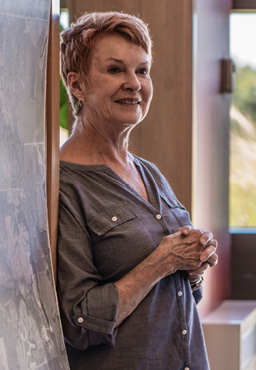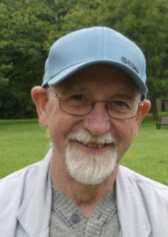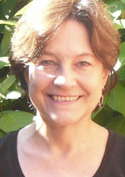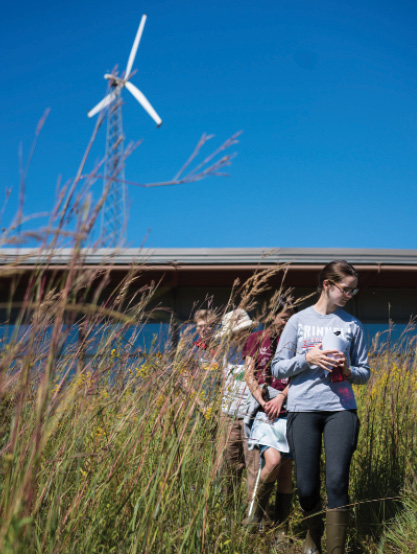
Photos courtesy of Jun Taek Lee ‘18
From September 10 to November 1 of 2016, Grinnell College’s Conard Environmental Research Area (CERA) in rural Kellogg, Iowa, was the setting for Prairie Meanders, a hybrid art installation which combined nature trail, gallery display, land art, and immersive performance. The installation—cosponsored by Grinnell’s Office of Community Enhancement and Engagement, the Center for the Humanities, the Public Events Concert Series, the concentration in environmental studies, the theatre and dance department, the Center for Prairie Studies, and CERA—allowed visitors to wander through maze-like pathways, viscerally experiencing global ecology on a local, human-sized scale.
The Meander was created through the efforts of Professors Baz Kershawand Susan Haedicke of (UK), with a big assist from students of , associate professor in Grinnell’s department of theatre and dance. Baz Kershaw, an emeritus professor of theater and performance studies at Warwick, is creator of Earthrise Repair Shop, and has been the keynote speaker at many international conferences, as well as being a visiting researcher at leading universities on five continents.


While the Prairie Meanders were a collaboration by theater professionals, they were anything but a traditional theatrical experience. Kershaw and Haedicke laid out pair of pathways through CERA’s prairie setting, using a grouping of varied stations to stop visitors, literally in their tracks, and encourage them to reflect on both their immediate surroundings—a 365-acre section of native prairie, oak savanna, and wetland which the College has been restoring since acquiring the land in 1968—and on the prairie’s place in the larger world environment.
The installation began on the cusp of the harvest season, when the lush grasses and forbs formed gold, yellow and green walls of vegetation that recalled the garden mazes built on some English estates. It concluded as the winter was beginning to close in, and the installation’s stations began to rise, bare artificial towers, as the flowers sensesced and the grasses fainted to the earth.
Visitors were encouraged to leave comments on their experience, and a selection of these appears with the photographs.
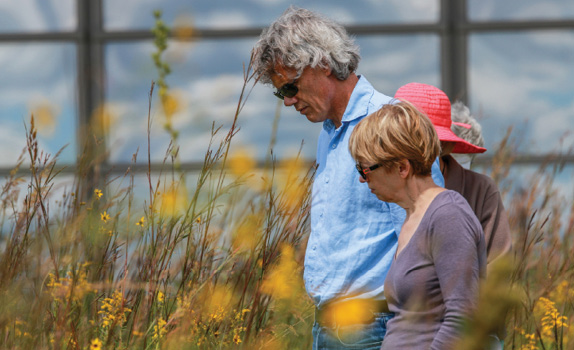
“We were migrating, and could identify with creatures who somehow know they are supposed to go a certain way for arduous long distance…”
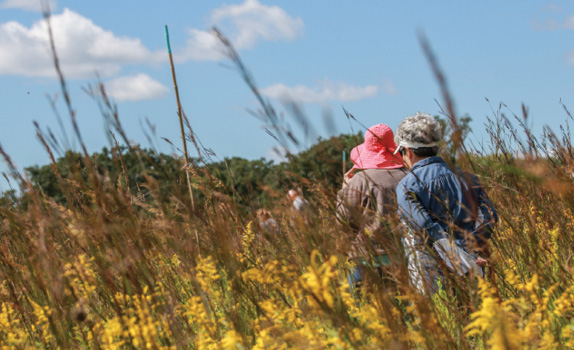
“So interesting that we were never invited to think specifically about the prairie ecosystem, but instead embedded in the prairie landscape…”
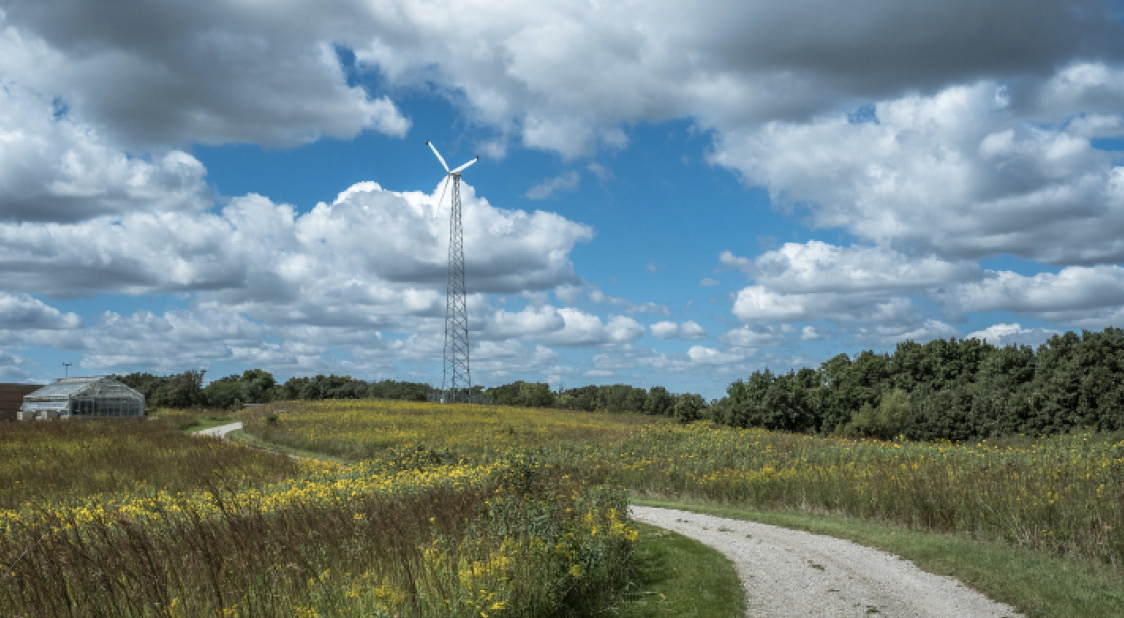
“What a stunning experience—immersed in the beauty of the prairie and yet called to read the world more cautiously. Loved the combination of data and art pieces. Thanks so much for this memorable experience.”
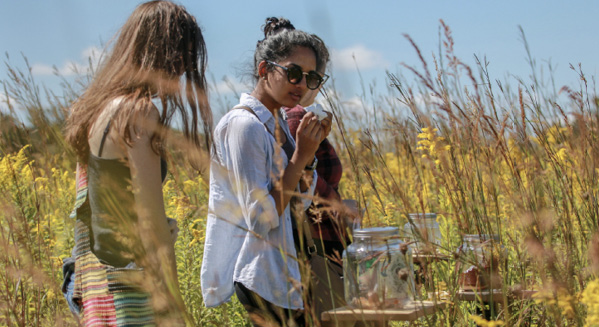
“I enjoyed the different awareness of wind. I heard a rustle in one particular tree nearby and heard the wind more than in the other (where I heard insects). I liked this sensation paired with the installations of birds. I felt uneasy from the places of blocked paths. Like migration?.”
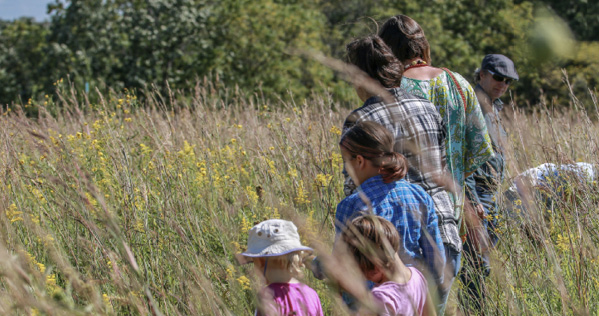
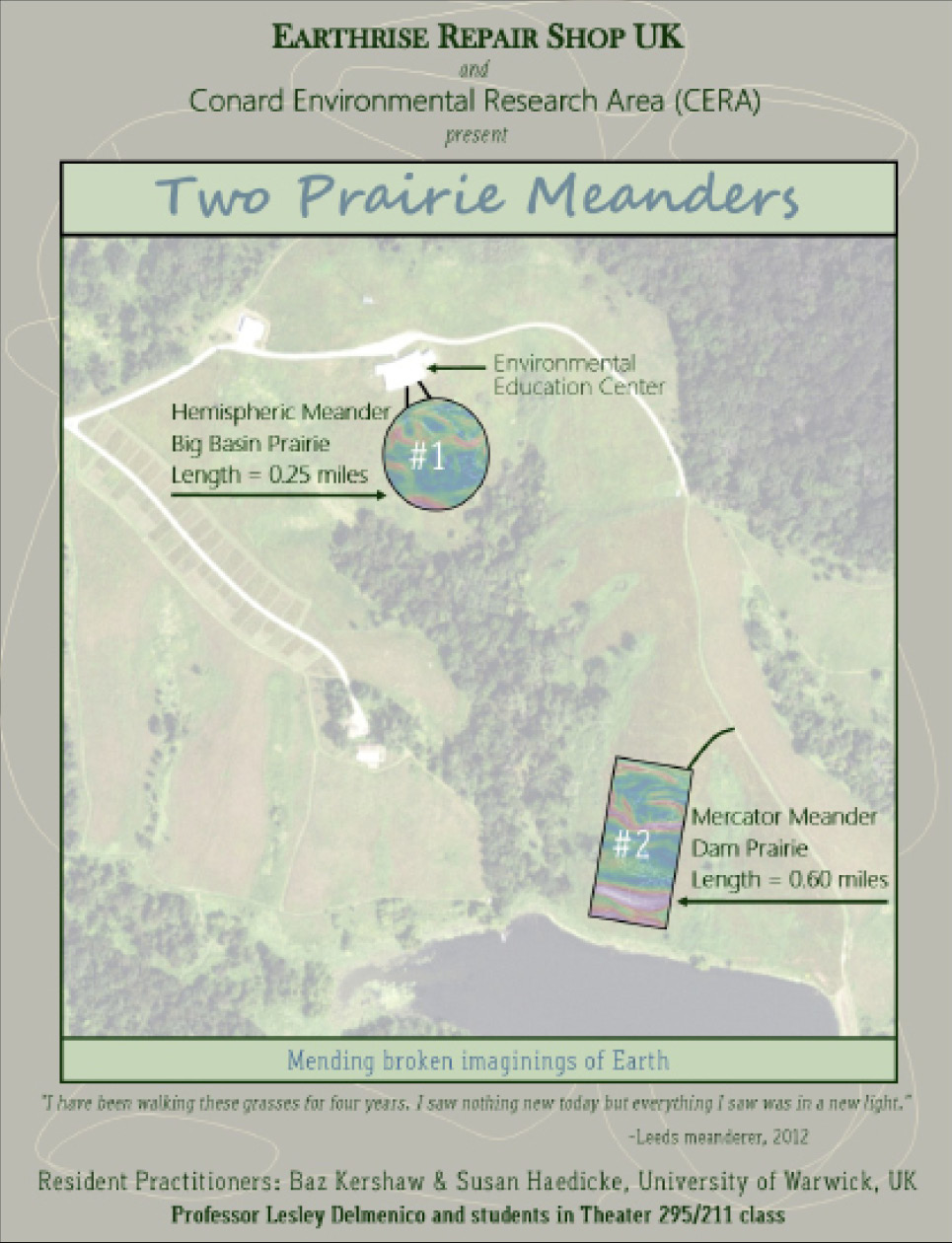
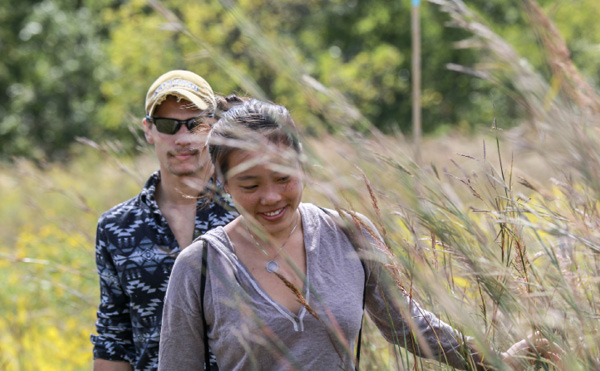
“This meandering is a wonderful idea. Our footprint on this planet has been very harmful in so many ways that affect all other life.”
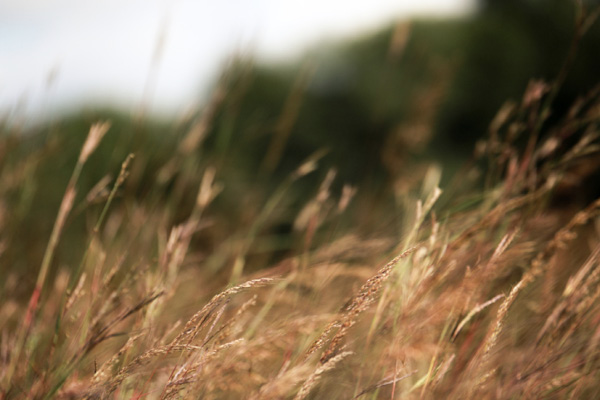
“I loved the immersion in the ocean current meanders—feeling the plants and insects all around, the physical encounter of it the height of the plants and lack of visibility felt so appropriate and inviting—and that wonder created this cognitive dissonance, their counterpoint to the depressing facts and displays. The combination of the two makes this a rich and bittersweet experience.”
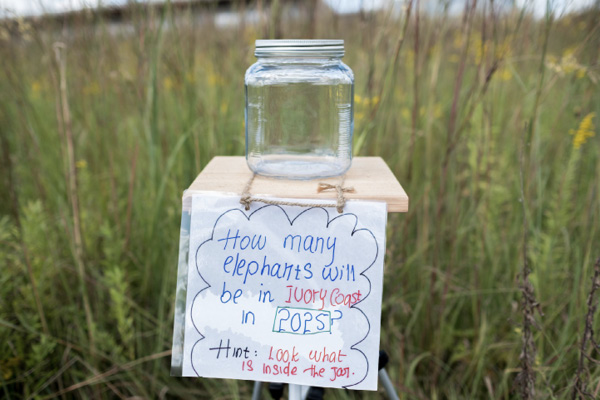
“Prairie as ocean—beautiful image makes us think of the immensity of the world while poking along at ground level concentrating on tiny details…”


